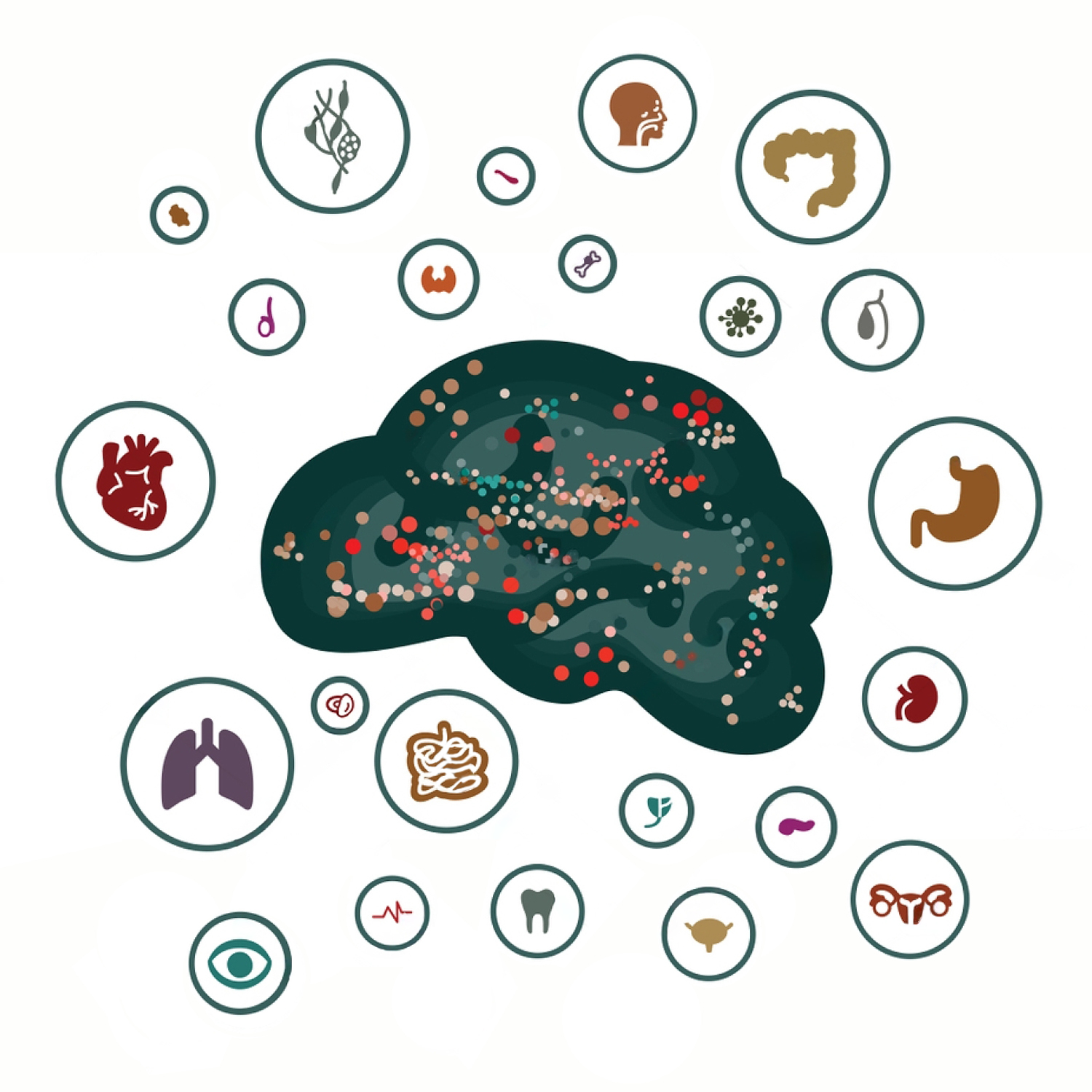Basic 1 and Basic 2









Basic 1,
Day 1:
9.00-10.30
· Introduction round: motivation, expectation; Introduction to Psychosomatic Osteopathy
· Symptoms,
· Soma-physiology-Experience-context-dynamics (SPEC-dynamics)
11.00-12.30
· Homeostasis & allostasis in the 5 osteopathic models,
· Etiological & riskfactors,
· evolutionary point of view to sickness and health,
· Bottom-up, top-down dynamics, Competencies in Psychosomatic Osteopathy
13.30-15.00
· Multimodal Bifocal Integration® (MBI)15 Step protocol:
- Preparation
- Identifying and assessing the load
- Localisation of the stress region
- Localisation of the stress direction of view
- Localising the resource region
- Localisation of the resource direction of gaze
- Hand position, palpation: 9 step protocoll
- Body field
- Rhythmic alternating focus
- Process dynamics
- Coregulation and other resources
- Squeezing the lemon
- Anchoring
- Vault and further distancing techniques
- Reassessment
15.30-17.30
· Palpation of SPEC patterns-1, direct parameters
· Safe place – body location, resource view, stacking palpation indirect
17.30-18.00:
· Grounding
Day 2:
9.00-10.30
· Awareness exercise, Q +A,
· specific PSO characteristics,
· 5-4-3-2-1 exercise,
· tresor exercise
11-12.30:
· 7 -step SPEC treatment
– Narrow down the treatment topic,
– Associated stress-body region
– Associated stress-view
– Direct palpation
– Auditive bilateral stimulation and alpha waves stimulation
– Breathing coregulation
– Tresor or anchoring at the end
Day 3
9.00-10.30
· Awareness exercise, Q +A,
· the whole 15-step MBI one partner
11-12.30:
· the whole 15-step MBI second partner,
· further application of visual, olfactory coregulations
13.30-15.00
· Different lines of development,
· Therapeutic relationship,
· Awareness, synchronization, shared moments, atunement and disatunement
· Contraindications,
· Q+A, sharing
Basic 2,
Day 1:
9.00-10.30
· Q + A,
· Diagnostics and treatment of body posture,
· Diagnostics and treatment of reflexes
· Peripheral & central sensitization,
· FIngerdiagnosis,
· Myofascial vibration technic
11.00-12.30
· Further diagnostics & treatment with Sensory channels and submodalities,
· Modulation of sensory perception,
· Associating and dissociating technics
13.30-15.00
· Further coregulations and stabilization technics like Ressource list, Inner helpers, inner healer, Emergency body, Resource chain as an emergency network, Resources for levels & 4 quadrants
15.30-18.00
· Regulation of ANS & insula, Interoception,
· Significance of interoception in PSO,
· Interoception & emotions,
· Interoception & pain,
· Allostasis,
· Predictive Coding,
· Dysfunctional dynamic patterning in life
Day 2:
9.00-10.30
· Awareness exercise, Q + A
· MBI advanced and exercise
11.00-12.30
· Interoceptive dysfunction,
· Discriminative tactile perception,
· Procedure for affective touch,
· Piezo receptor treatment,
· Stress reduction taking into account the insula and C-tactile fibres,
· Activation of posterior,
· Insula, specific vagus diagnostics,
· Multimodal Vagus activiation,
· Breathing technics for Insula
13.30-15.00
· Activation of middle and anterior insula
15.30-18.00
· EMDR protocol
Day 3:
9.00-10.30
· 6-step Osteopathic Felt Sense©
11.00-12.30
· Chronic pain treatment protocol-1
13.30-15.00
· Stabilisation Top 11, diary for documentation, motivation and adaptation, Sharing